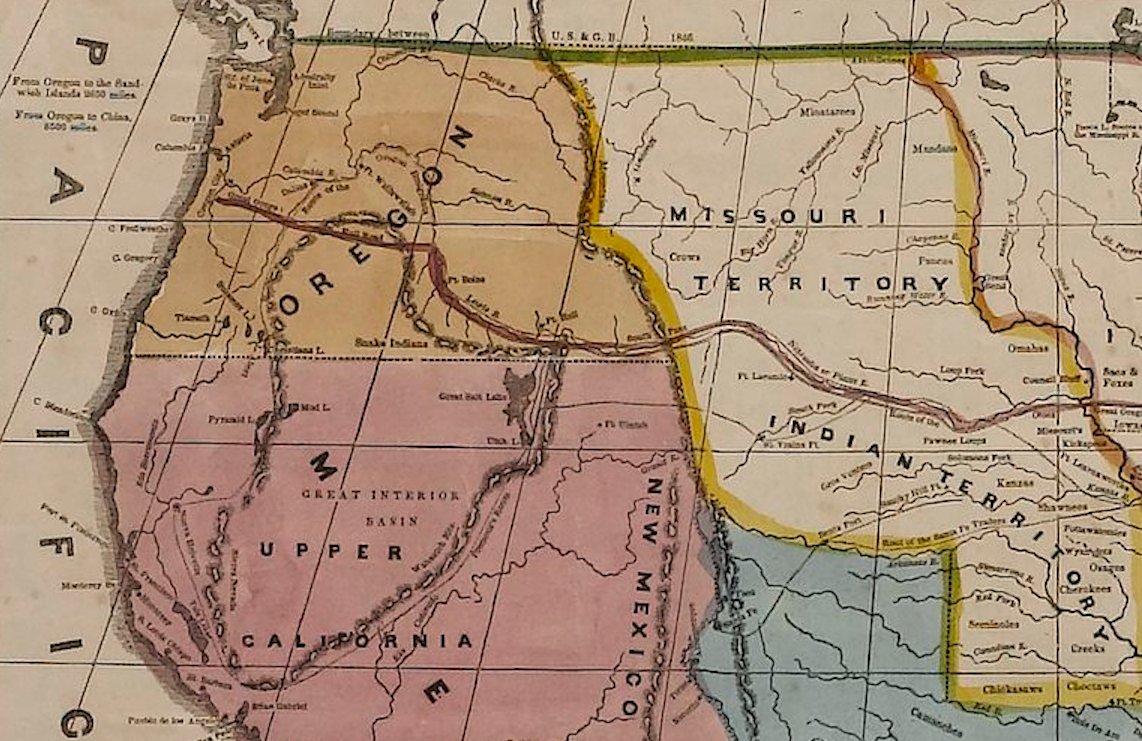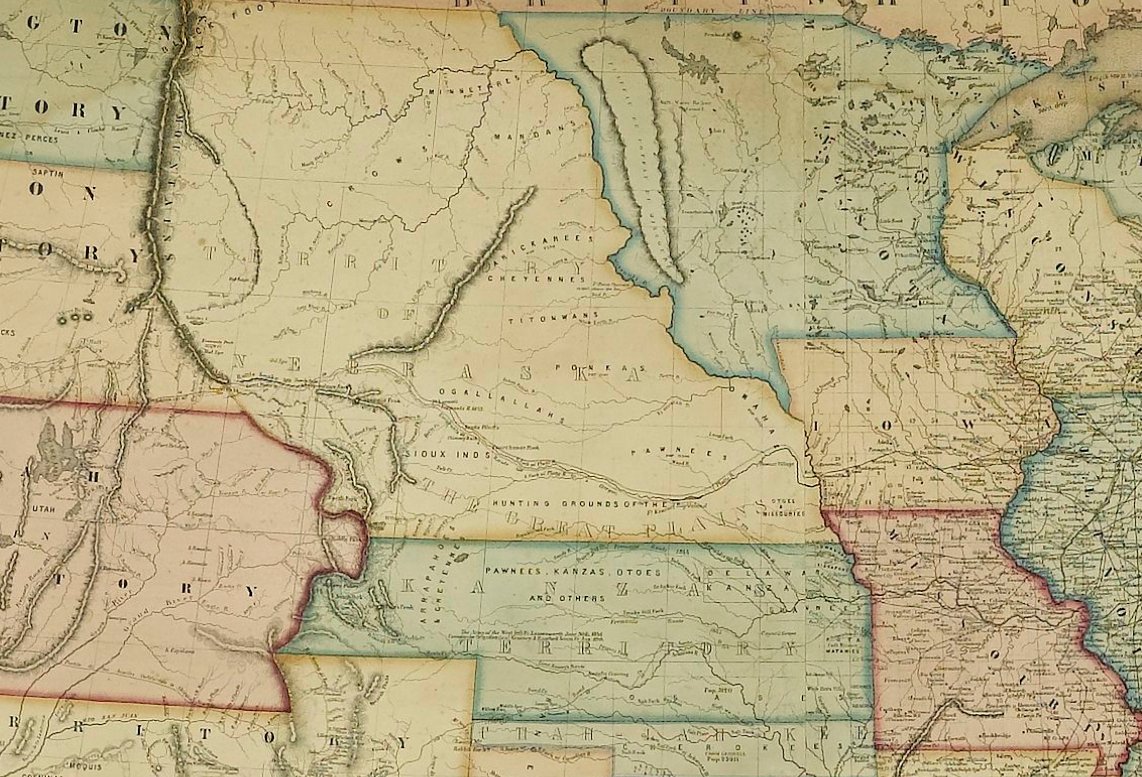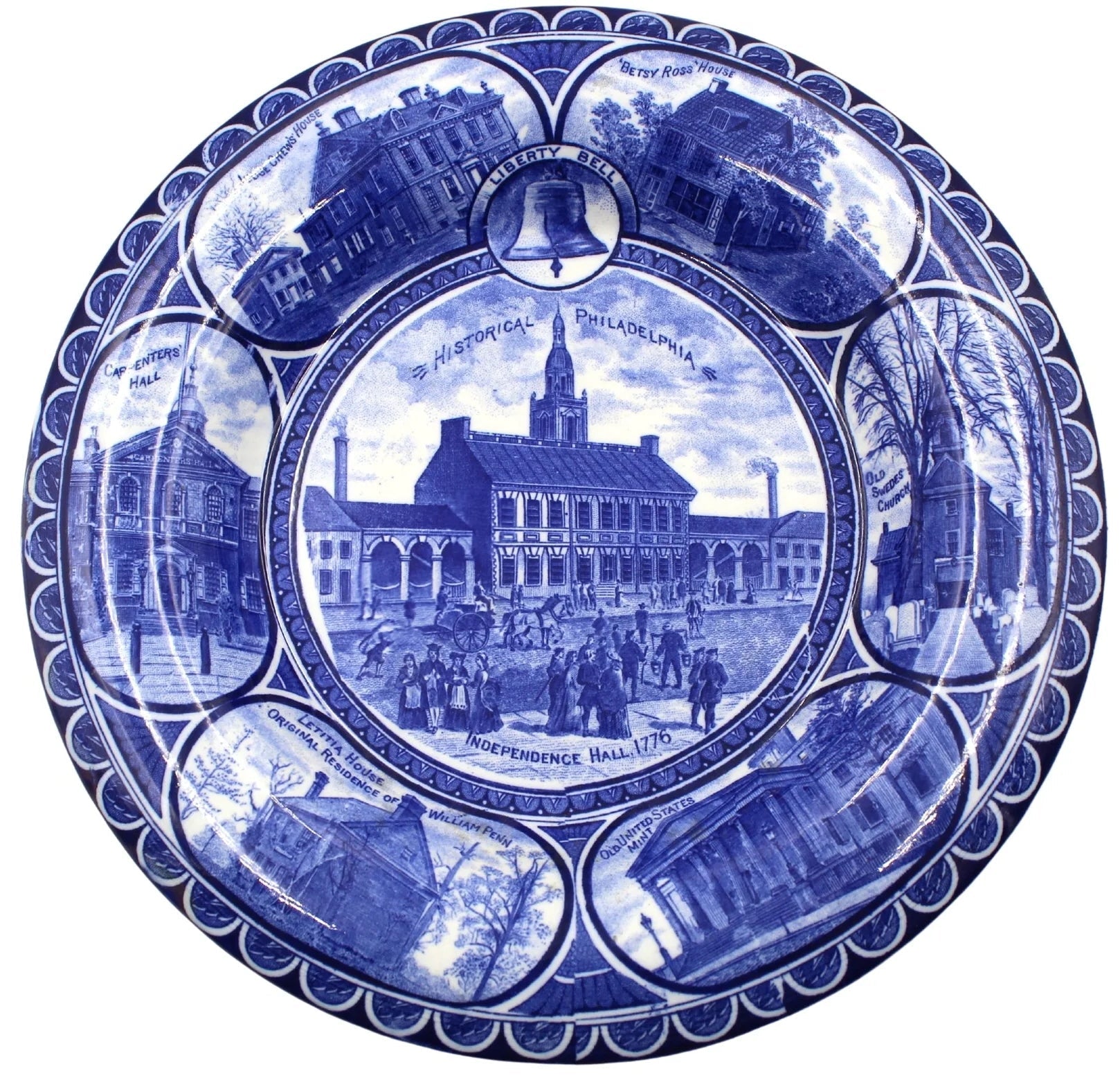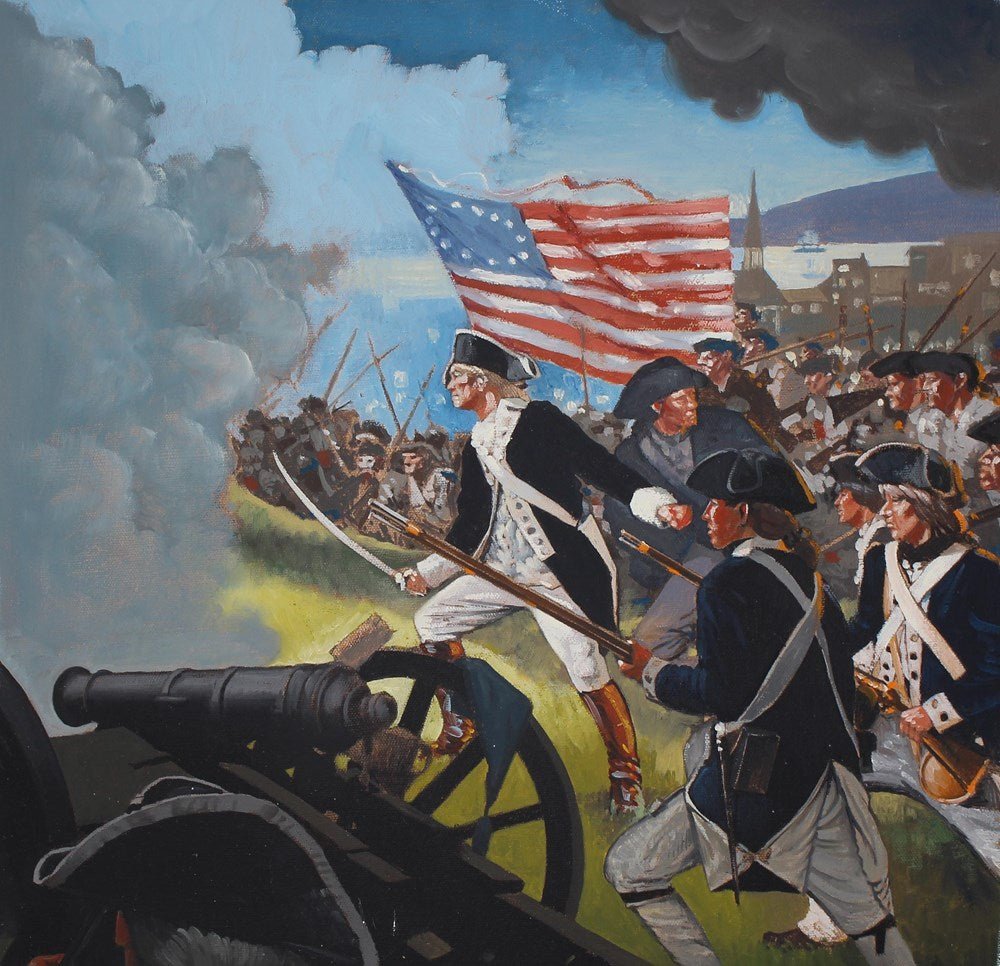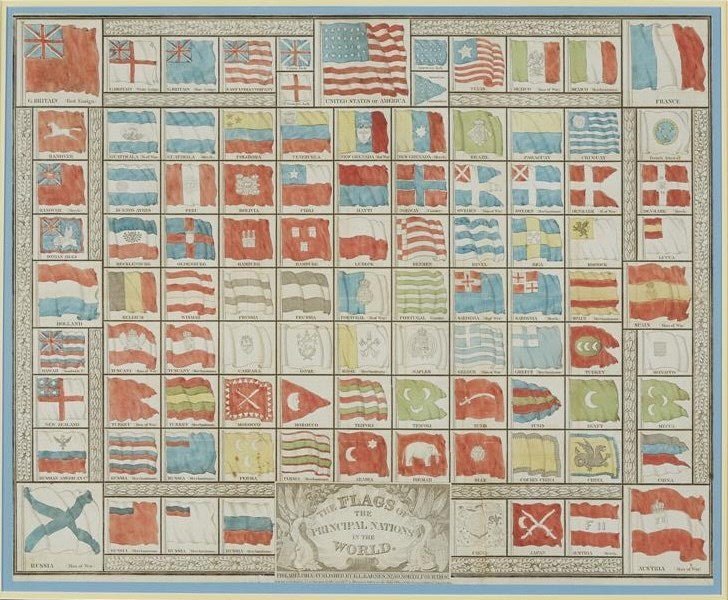Westward-Bound: Highlights from Our Staff
Westward Expansion and Exploration
19th century America was constantly changing, growing, and redefining itself. Despite conflicts such as the Spanish-American War, the Texas Revolution, and conflicts with Native American peoples, the American West expanded at a speed unmatched by previous eras.
Beginning with the famed Louisiana Purchase in 1803 that effectively doubled the existing United States, the eagerness to extend the country west to the Pacific Ocean drove thousands to leave their lives behind and start anew in a seemingly untouched land. Soon enough, the desire to stretch from sea to shining sea acquired the name “Manifest Destiny.” In the end, it was not the Manifest Destiny movement that drew the largest crowds west, but the desire to strike rich in the gold mines of California and Oregon. Dreams of working hard and achieving wealth took hold of Americans and immigrants alike, flooding territories with enough people to warrant a rapid statehood. This westward expansion, the conflicts associated with it, and the industrialism it promoted defined 19th century America.
This month, each member of The Great Republic team has chosen one of our rare and unique works that highlight the exploration and growth of the American West.
Chosen by: Eddie Papczun
Our Founder and Managing Partner, Eddie Papczun, takes us back to the first documented exploration of the Louisiana Purchase by Captain Meriwether Lewis and Lieutenant William Clark. "Something truly rare and special — number 33 of 75 sets of The Expedition of Lewis & Clark. This amazing set of books was published in 1904, and chronicles the momentous expedition of the American West. This edition, which is a reprint of the 1814 first edition, contains all the maps and illustrations of the original. Printed on Japanese paper and bound in full calf leather, each volume features custom gilt embossing and raised bands. Gorgeous set of books!"
Chosen by: Precious Hobson
1854 "New Map of the Portion of North America"
Hand-Colored Wall Map by Jacob Monk, Featuring the California Gold Region
Precious Hobson, our Sales Lead in Colorado, spotlights a beautiful map of the U.S. with unique details and misspellings. “I really enjoy this map because of all the great details shown in the U.S. including the shipping routes that were used to travel from coast to coast. In California, there's a light shading of gold to show the gold rush and Kansas was Spelled with a "Z" (Kanzas). It also shows the period in which Colorado’s Western Slope was a part of the New Mexico Territory.”
Chosen by: Kelly Makee
Kelly Makee, Sales & Research Specialist, emphasizes the evolving borders and migration routes just before gold was discovered in California. “Published in a time of rapid change and exploration, this brightly colored 1846 map of the West looks very different from the American West we know today. Despite the area constantly changing borders and names, this map shows a fascinating amount of detail including a list of the stops along the Oregon Trail, the ‘unexplored Region’ of ‘New California,’ and Texas’ stovepipe shape.”
Chosen by: Katie Ibraliu
Katie Ibraliu, our Marketing Manager and Assistant Manager in DC, highlights an exceptional flag honoring the first state west of the Louisiana Purchase. “This 31-star flag celebrates California statehood, circa 1851. California came into the Union in the midst of the California Gold Rush. When gold was discovered at Sutter's Mill, hopefuls flocked to the area in search of wealth and prosperity. This brought about an economic boom, exponential population growth, and sped up California's admittance to the U.S. as the 31st state. This early 31-star parade flag celebrates California, with a dancing star double medallion pattern, a large center star representative of California, and very vibrant coloring. The 31-star flag was the official flag of the United States from 1851 to 1858, though period examples are increasingly difficult to come by.”
Chosen by: Caroline Bonardi
-
Our President, Caroline Bonardi, describes the importance and distinctive viewpoint presented in Breaking the Wilderness: “In 1871, at the age of seventeen, Frederick Dellenbaugh was hired by John Wesley Powell to accompany the second Colorado River Expedition from Wyoming through Arizona. His experiences on this journey gave him a life-long appreciation for the American West, leading him to publish a number of books on the region, as well as paint primarily western themes. This 1908 early printing of Breaking the Wilderness by Dellenbaugh tells a story of American western expansion and discovery, starting with details of de Vaca's 16th century trek across the continent, to Powell’s first descent of the Colorado River through the Grand Canyon, ending with the completion of the Union Pacific railway.”







